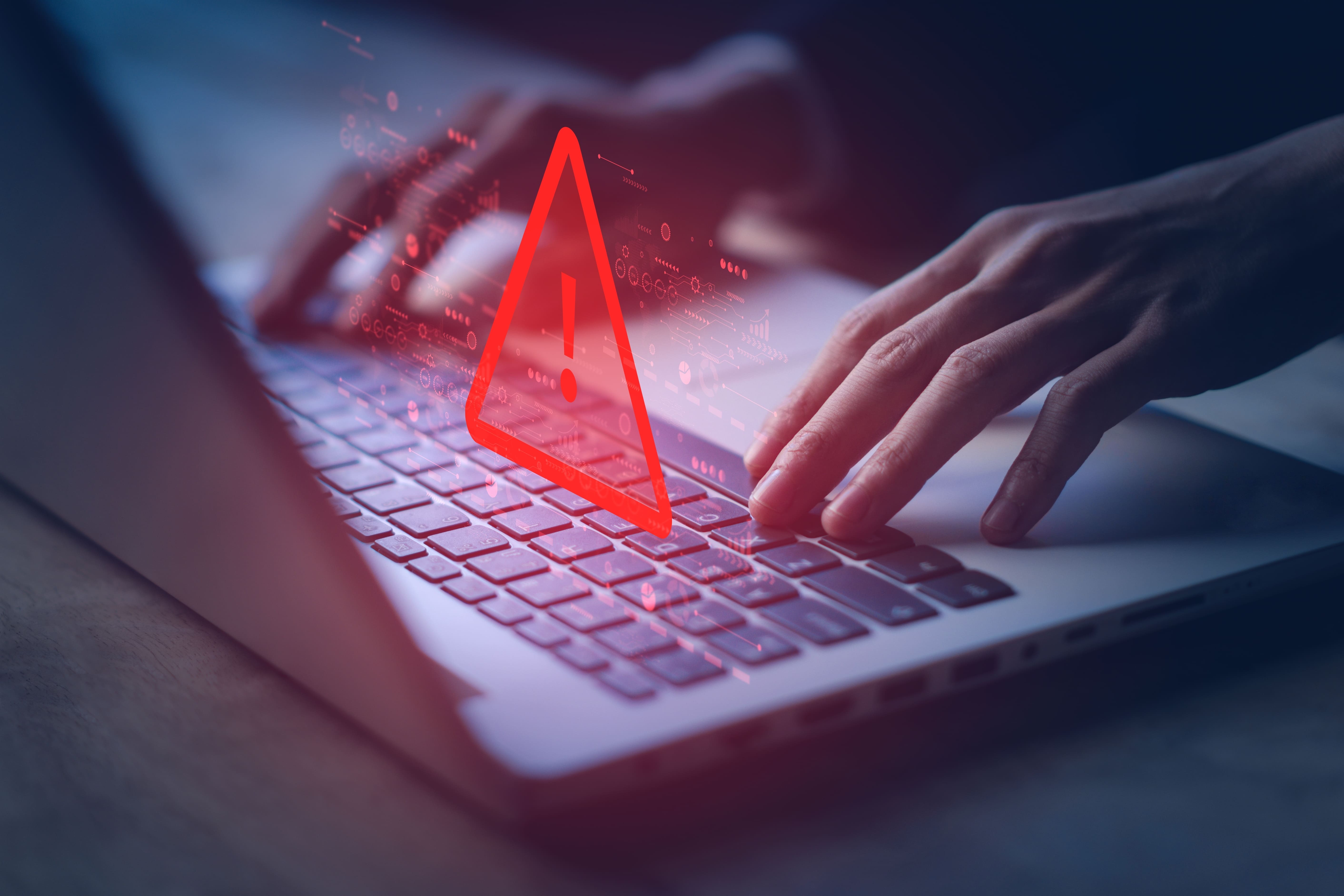MICR Code on Cheque: Meaning, Format and Importance Explained
January 31, 2025

According to the Reserve Bank of India (RBI), cheque clearing volumes in India continue to account for billions of transactions annually, despite the rise of digital payments. This highlights the enduring relevance of cheques and their associated components, including the MICR code. Introduced in the 1980s by the RBI, MICR (Magnetic Ink Character Recognition) technology revolutionized the way banks process cheques, ensuring speed, accuracy, and security.
MICR Code – Full Form and Definition
MICR stands for Magnetic Ink Character Recognition. It is 9-digit code printed at the bottom of cheques using magnetic ink. MICR code is designed to facilitate the efficient and error-free processing of cheques. This unique code enables automated cheque clearing, reducing manual intervention and errors. The MICR code is essential for identifying specific bank branches and is widely used in the Electronic Clearing System (ECS). Each bank is assigned a unique MICR code. Other than cheques, you can also find the MICR code of your bank branch online.
Features of MICR Code
- MICR code is located at the bottom of a cheque
- The code comprises various digit
- The code consists of the city’s PIN code, bank code and bank branch code
- MICR codes are printed using magnetic ink, which helps prevent duplication and ensures accurate computer reading and decoding of details like cheque numbers, account numbers, and routing numbers
MICR Code Format
A MICR code is divided into three distinct parts, each representing crucial information about the cheque issuer's bank and branch:
- City Code (First Three Digits): This section corresponds to the PIN code of the city where the bank branch is located.
- Bank Code (Middle Three Digits): This part identifies the specific bank. Each bank in India is assigned a unique code by the RBI.
- Branch Code (Last Three Digits): This segment indicates the exact branch of the bank where the account is held.
For instance, Ujjivan Small Finance Bank’s Banaswadi branch MICR code would be 560761006
- 560: Bengaluru/Bangalore (City)
- 761: Ujjivan (Bank)
- 006: Whitefield (Branch)
MICR Technology: What is It?
MICR technology is characterised by several unique features that distinguish it from other cheque-clearing methods:
- Magnetic Ink: The MICR code is printed using a special type of ink containing magnetic particles, which ensures that the code is machine-readable.
- Standardized Font: The MICR characters are printed in a specific font, such as E-13B or CMC-7, which enhances readability.
- High Accuracy: MICR readers can decode information even if the cheque is smudged, torn, or stamped, ensuring error-free processing.
- Security: The use of magnetic ink and the unique font makes it difficult for fraudsters to alter or counterfeit MICR-encoded cheques.
Importance of MICR Code in Banking
MICR technology provides numerous advantages for both banks and account holders, making it an integral part of cheque processing:
- Enhanced Speed: Automated processing reduces the time required to clear cheques.
- Improved Accuracy: The elimination of manual data entry minimizes errors.
- Fraud Prevention: The security features of MICR codes protect against cheque forgery.
- Standardization: MICR technology ensures consistency across all banks in India, simplifying inter-bank transactions.
Where Can I Find the MICR Code?
Account holders can locate their MICR code in the following ways:
- Cheque Leaf: The MICR code is printed at the bottom of every cheque.
- Passbook or Account Statement: Many banks include the MICR code in these documents.
- Online Banking: Bank websites and mobile apps often display the MICR code in the account details section.
- RBI’s Official Website: The RBI provides a comprehensive list of MICR codes for all bank branches in India.
Applications of MICR Code
The MICR code is indispensable in several financial processes:
- Cheque Clearing: MICR codes expedite the clearing process by providing accurate bank and branch identification.
- Electronic Clearing System (ECS): It is used for direct debit or credit transactions, such as utility bill payments and salary disbursements.
- Loan Applications: Many financial institutions require the MICR code for verification during loan disbursement.
- Investment Forms: MICR codes are often needed when investing in mutual funds, SIPs, or other financial instruments.
Benefits of MICR in Banking
Faster Processing: MICR technology enables banks to handle a high volume of cheques efficiently.
- Reduced Errors: Automated decoding minimizes errors associated with manual data entry.
- Increased Security: The unique characteristics of magnetic ink prevent tampering and counterfeiting.
- Consistency: Standardized formats ensure uniformity across banks, facilitating smooth transactions.
- Customer Convenience: Account holders benefit from quicker cheque clearance, enabling faster fund availability.
- International Transactions: While IFSC code is used for fund transfers within India, MICR code is used globally to transfer funds.
Final Thoughts
The MICR code is a cornerstone of traditional banking operations, enabling accurate and secure cheque processing. While digital payments are on the rise, the role of MICR technology remains significant in ensuring reliability and efficiency in banking transactions. By understanding the importance of MICR codes, both banks and customers can leverage this technology for seamless financial operations.
Enjoy easy banking with Ujjivan Small Finance Bank. Save more with our high-interest Savings Account and Deposit products. Need cash for your business or personal needs? Apply for MSME Loans or Micro Loans with us – we offer competitive rates and quick disbursal. We also offer vehicle loans and home loans tailored for your unique requirements. Experience a smooth banking journey with Ujjivan SFB!
Disclaimer:
The contents herein are only for informational purposes and generic in nature. The content does not amount to an offer, invitation or solicitation of any kind to buy or sell, and are not intended to create any legal rights or obligations. This information is subject to updation, completion, amendment and verification without notice. The contents herein are also subject to other product-specific terms and conditions, as well as any applicable third-party terms and conditions, for which Ujjivan Small Finance Bank assumes no responsibility or liability.
Nothing contained herein is intended to constitute financial, investment, legal, tax, or any other professional advice or opinion. Please obtain professional advice before making investment or any other decisions. Any investment decisions that may be made by the you shall be at your own sole discretion, independent analysis and evaluation of the risks involved. The use of any information set out in this document is entirely at the user’s own risk. Ujjivan Small Finance Bank Limited makes no representation or warranty, express or implied, as to the accuracy and completeness for any information herein. The Bank disclaims any and all liability for any loss or damage (direct, indirect, consequential, or otherwise) incurred by you due to use of or due to investment, product application decisions made by you on the basis of the contents herein. While the information is prepared in good faith from sources deemed reliable (including public sources), the Bank disclaims any liability with respect to accuracy of information or any error or omission or any loss or damage incurred by anyone in reliance on the contents herein, in any manner whatsoever.
To know more about Ujjivan Small Finance Bank Products Visit:"https://www.ujjivansfb.in"
All intellectual property rights, including copyrights, trademarks, and other proprietary rights, pertaining to the content and materials displayed herein, belong
to Ujjivan Small Finance Bank Limited or its licensors. Unauthorised use or misuse of any intellectual property, or other content displayed herein is strictly prohibited and the same is not intended for distribution to, or use by, any person in any jurisdiction where such distribution or use would (by reason of that person’s nationality, residence or otherwise) be contrary to law or registration or would subject Ujjivan Small Finance Bank Limited or its affiliates to any licensing or registration requirements.
FAQs
1. What does MICR stand for?
MICR stands for Magnetic Ink Character Recognition, a technology used for cheque processing.
2. How is the MICR code different from the IFSC code?
The MICR code is used for cheque clearing, while the IFSC code is used for electronic fund transfers.
3. Can I find the MICR code online?
Yes, most banks display the MICR code on their official websites and mobile apps.
4. Is the MICR code mandatory for cheque clearing?
Yes, the MICR code is essential for automating the cheque clearing process.
5. Where is the MICR code located on a cheque?
It is printed at the bottom of the cheque leaf.
6. Can the MICR code be reused for different branches?
No, each bank branch has a unique MICR code.
7. What happens if the MICR code is incorrect?
An incorrect MICR code may delay cheque clearance or cause the transaction to fail.
8. Does the MICR code have any role in digital payments?
While primarily used for cheques, MICR codes may be integrated into backend systems for enhanced security.
9. Why is magnetic ink used for MICR codes?
Magnetic ink ensures machine readability and prevents tampering or duplication.
10. How do MICR codes improve transaction security?
MICR codes reduce the risk of fraud by making cheques difficult to alter or counterfeit.
Latest Blogs

Dussehra 2025: How to Win Your Financial Battles with Smart Saving
Dussehra 2025 (also known as Vijayadashami) falls on Thursday, October 2, 2025.

eSIM Scam in India: I4C Warns Mobile Users About Rising Fraud – How to Stay Safe
The Indian Cybercrime Coordination Centre (I4C), a wing of the Ministry of Home Affairs, issued a strong warning to mobile users about the rapid increase in eSIM fraud in India.

How to Link PAN with Aadhaar: Step-by-Step Guide & Consequences of Not Linking
Linking your Permanent Account Number (PAN) with your Aadhaar is no longer just a best practice.

Annual Information Statement (AIS): A Complete Guide for Stress-Free ITR Filing
India’s tax season is in its final stretch.

ITR-1 (Sahaj) Restrictions: Income Sources Not Allowed & Filing Rules
With just a few days left before the 15 September 2025 deadline for filing Income Tax Returns (ITRs) for Assessment Year (AY) 2025-26, many taxpayers are rushing to submit their forms online.





